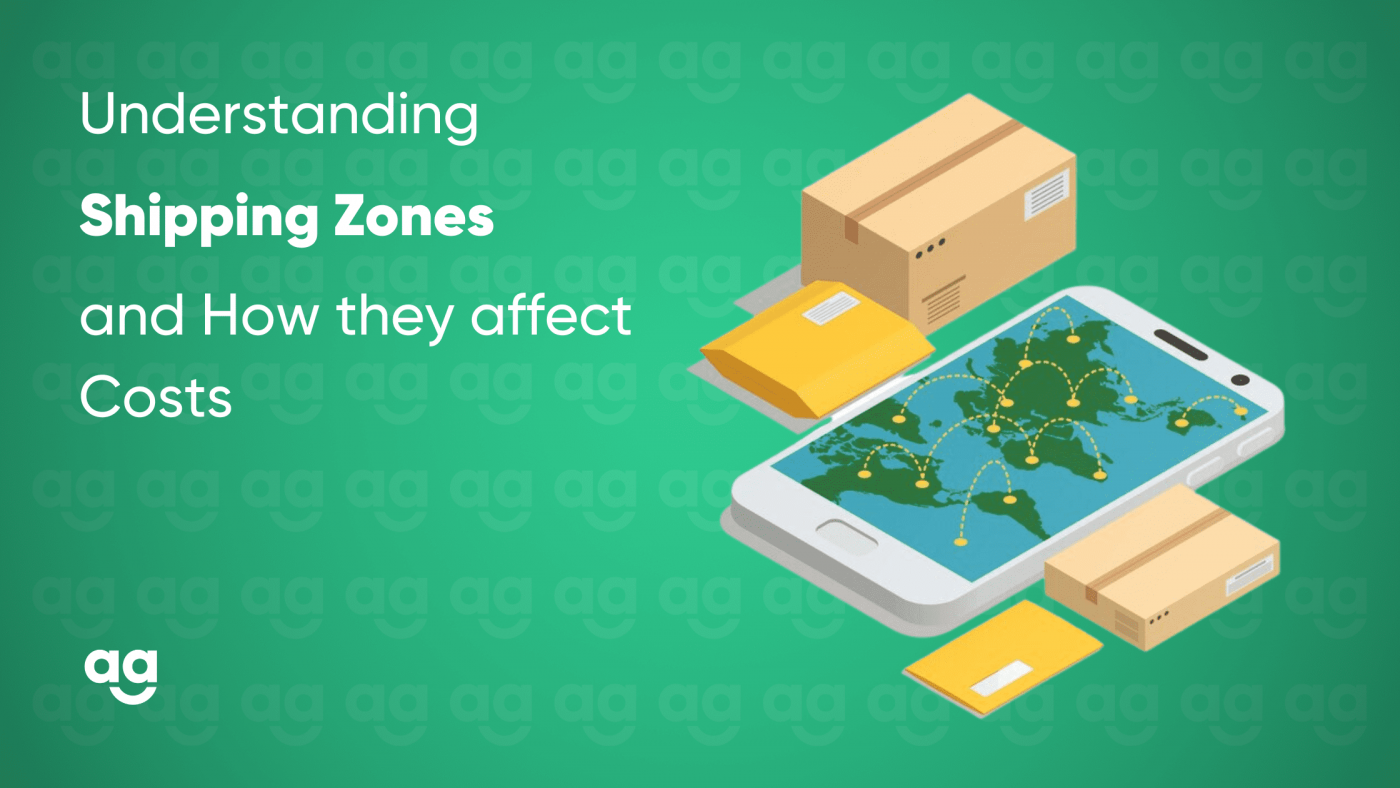Introduction
Businesses which are looking to reduce costs and improve logistical efficiency must grasp the nuances of shipping zones in the ever-changing world of shipping and transportation. When it comes to calculating the costs and travel times involved in moving products from one place to another, shipping zones are crucial.
We will examine the concept of shipping zones, as well as how they affect shipping rates and provide advice on how companies should handle this part of the shipping process.
Defining Shipping Zones
Geographical areas known as shipping zones are created by shipping companies to optimize their rates and delivery schedules. These areas usually extend from the distribution or shipping center of the Shipment. The shipping zone extends with destination distance from place of origin, which in turn influences shipping charges.
How Shipping Zones Affect Costs
Distance matters
Distance is the main element affecting shipping zones. Depending on how far a destination is from the package’s point of origin, logistics partners divide the area into zones. The concept is straightforward: the greater the distance, the higher the shipping zone, which raises the cost of shipment.
Carrier-specific zones
Every shipping company has a unique set of established shipping zones, which are frequently established by the carrier’s network and the locations of its distribution facilities. These particular zones must be understood by businesses in order to compute shipping costs correctly.
Weight and size considerations
Shipping rates depend on a number of factors, including package weight and dimensions, in addition to distance. For larger or heavier commodities shipped within the same shipping zone, some logistics partners may charge varying rates.
Navigating the Shipping Zone Landscape
Utilize Zone Maps
Businesses can utilize the zone maps provided by logistics partners to find out which shipping zone applies to a certain location. Businesses can easily visualize the zones and make appropriate plans when using these maps, which usually show the zones in different colors.
Shipping Software Solutions
Businesses who want to expedite the process of estimating shipping prices might take use of shipping software solutions that interface with shipping partner systems. These solutions streamline the logistics of cost prediction by automatically determining shipping zones based on destination addresses.
Negotiate Shipping Contracts
It can be beneficial for companies who carry a lot of cargo to negotiate shipping contracts with their partners. Custom price structures depending on shipping zones may be included in these contracts, which could result in cost savings.
Strategic Warehousing
Businesses can save transportation costs and distances by strategically positioning distribution centers across multiple areas. Additionally, by increasing delivery speed, this strategy can improve customer satisfaction.
How are Shipping Zones Bifurcated
There are various concepts on which these zone wise rates can be calculated. For example Shipyaari’s shipping zone structure is as follows:
Zone 1: Intra-City
Pick-up & delivery within cities that are considered as metro cities. Includes Delhi, Mumbai, Kolkata, Chennai, Hyderabad, Bengaluru, Ahmedabad, and Pune
Zone 2: Intra-Region
Pick-up & delivery within your own region (north / east / west / south / north-east).
- North Zone – Himachal Pradesh, Punjab, Uttarakhand, Uttar Pradesh, Rajasthan and Haryana
- East Zone – Chhattisgarh, Bihar, Orissa, Tripura, Jharkhand, West Bengal and Andaman & Nicobar
- West Zone – Gujarat, Goa, Maharashtra and Madhya Pradesh
- South Zone – Andhra Pradesh, Karnataka, Kerala, Telangana and Tamil Nadu
- North East Zone – Jammu & Kashmir, Assam, Sikkim, Nagaland, Meghalaya, Manipur, Mizoram and Arunachal Pradesh
Zone 3: Other Metro Cities
Pickup from your city to any metro city (other than yours). Delhi, Mumbai, Kolkata, Chennai, Hyderabad, Bengaluru, Ahmedabad, Pune.
Zone 4: Inter-Region
Pick-up from one region and delivery in another region (north / east / west / south / north-east).
Zone 5: North-East
Pick-up from any 4 other regions (north / east / west / south) & delivery in north-east. Jammu & Kashmir, Assam, Sikkim, Nagaland, Meghalaya, Manipur, Mizoram, Tripura and Arunachal Pradesh
This shows how courier companies or logistics partners split their zone-wise bifurcation giving you a clear picture of shipping zones.
Conclusion
Comprehending shipping zones is crucial for companies looking to maximize their operations and minimize expenses in the realm of package delivery. Through an understanding of the guiding principles of shipping zones and the use of tactical measures, enterprises may confidently handle this part of the shipping process.
Knowing your shipping zones is essential to arranging distribution centers strategically, using zone maps, shipping software, or other means to achieve economical and successful package delivery.







 Shipping
Shipping







